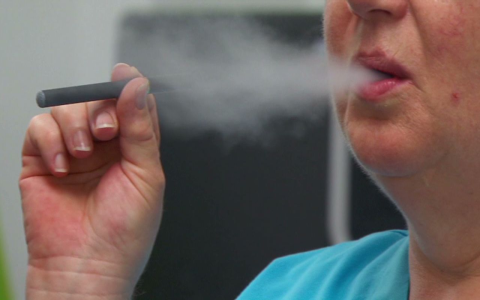On April 24, 2014, the U.S. Food and Drug Administration (FDA) issued its landmark proposed regulations to extend its tobacco product authority to electronic cigarettes (e-cigarettes) and other previously unregulated tobacco products. This action, known as the “deeming rule,” was driven by several critical factors:
Addressing the Regulatory Gap
The Family Smoking Prevention and Tobacco Control Act (TCA) of 2009 granted the FDA authority over cigarettes, cigarette tobacco, roll-your-own tobacco, and smokeless tobacco. However, it did not automatically cover newer products like e-cigarettes, cigars, pipe tobacco, nicotine gels, and hookah (waterpipe) tobacco. The FDA deemed these products under the TCA to close this gap and establish regulatory oversight.

Responding to Market Explosion and Public Health Concerns
The period between the TCA’s enactment (2009) and 2014 saw a dramatic, uncontrolled surge in the popularity and availability of e-cigarettes, particularly among youth. Key concerns included:
- Lack of Safety and Quality Standards: No federal requirements existed for manufacturing practices, product design, or ingredient disclosure, leading to variability in nicotine delivery, potential contamination, and unknown health risks.
- Escalating Youth Use: Rising prevalence among adolescents raised alarms about nicotine addiction and potential gateway effects to combustible cigarettes. Marketing tactics appealing to youth were unregulated.
- Unsubstantiated Claims: Manufacturers often made claims about reduced harm or effectiveness as cessation aids without scientific review or authorization.
Establishing a Foundation for Regulation
The proposed regulations aimed to create a comprehensive regulatory framework to protect public health, focusing on:
- Restricting Youth Access: Proposing bans on sales to minors and prohibiting free samples and vending machine sales (except in adult-only facilities).
- Requiring Ingredient Listing: Mandating disclosure of product ingredients to the FDA.
- Implementing Pre-Market Review: Requiring new products to undergo FDA review (via Pre-Market Tobacco Applications – PMTAs) to evaluate public health impact, including risks and benefits to both users and non-users.
- Demanding Health Warnings: Proposing mandatory health warnings on product packages and advertisements.
- Regulating Modified Risk Claims: Establishing that any claims of reduced risk or cessation benefit require specific FDA authorization based on substantial evidence.
Legal Basis: Exercising Deeming Authority
The FDA utilized the explicit authority granted by Section 901 of the TCA, which allows the agency to “deem” other tobacco products to be subject to its regulatory authority. The April 24, 2014, proposal was the formal initiation of this process, applying existing statutory requirements to the newly deemed products.
Setting the Grandfather Date
The proposed rule established a new statutory “grandfather date” of February 15, 2007, for the newly deemed products. This meant that only products commercially marketed in the U.S. in that specific form on or before that date could remain on the market without submitting a PMTA immediately after the rule became final. Products introduced or modified after that date would need FDA authorization (PMTA) to stay on the market.
In summary, the FDA acted on April 24, 2014, to assert crucial regulatory oversight over a rapidly growing, unregulated market posing significant public health questions, particularly regarding youth initiation and product safety, by leveraging its deeming authority under existing law.










